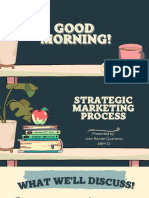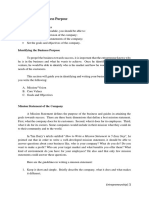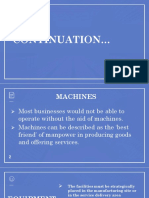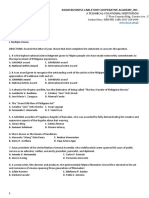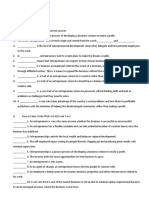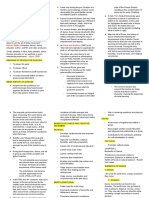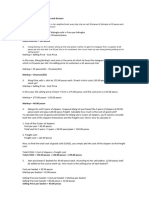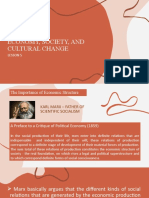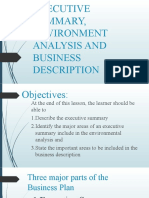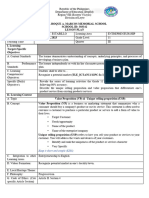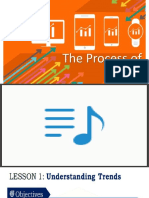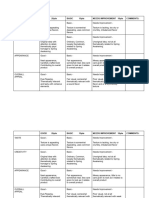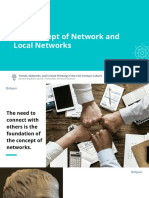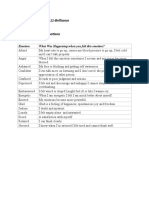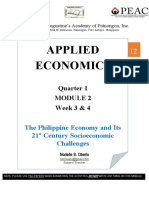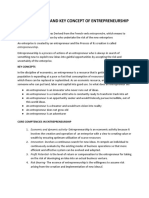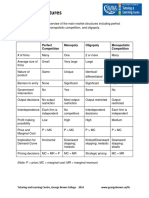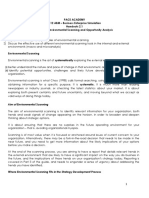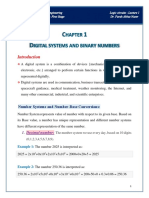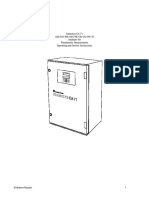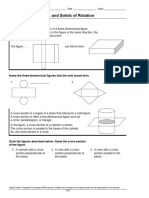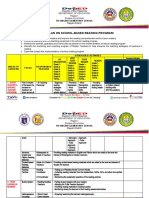0% found this document useful (0 votes)
671 views16 pagesG12 STEM Entrep-SWOT-Analysis
SWOT analysis is a technique used to assess an organization's strengths, weaknesses, opportunities, and threats. It involves identifying internal strengths and weaknesses of the organization and external opportunities and threats impacting it. The analysis examines positive and negative internal factors (strengths and weaknesses) and external factors (opportunities and threats) to develop a strategy. Conducting regular SWOT analyses helps organizations evaluate their position and make well-informed decisions.
Uploaded by
Leo SuingCopyright
© © All Rights Reserved
We take content rights seriously. If you suspect this is your content, claim it here.
Available Formats
Download as PDF, TXT or read online on Scribd
0% found this document useful (0 votes)
671 views16 pagesG12 STEM Entrep-SWOT-Analysis
SWOT analysis is a technique used to assess an organization's strengths, weaknesses, opportunities, and threats. It involves identifying internal strengths and weaknesses of the organization and external opportunities and threats impacting it. The analysis examines positive and negative internal factors (strengths and weaknesses) and external factors (opportunities and threats) to develop a strategy. Conducting regular SWOT analyses helps organizations evaluate their position and make well-informed decisions.
Uploaded by
Leo SuingCopyright
© © All Rights Reserved
We take content rights seriously. If you suspect this is your content, claim it here.
Available Formats
Download as PDF, TXT or read online on Scribd
/ 16

